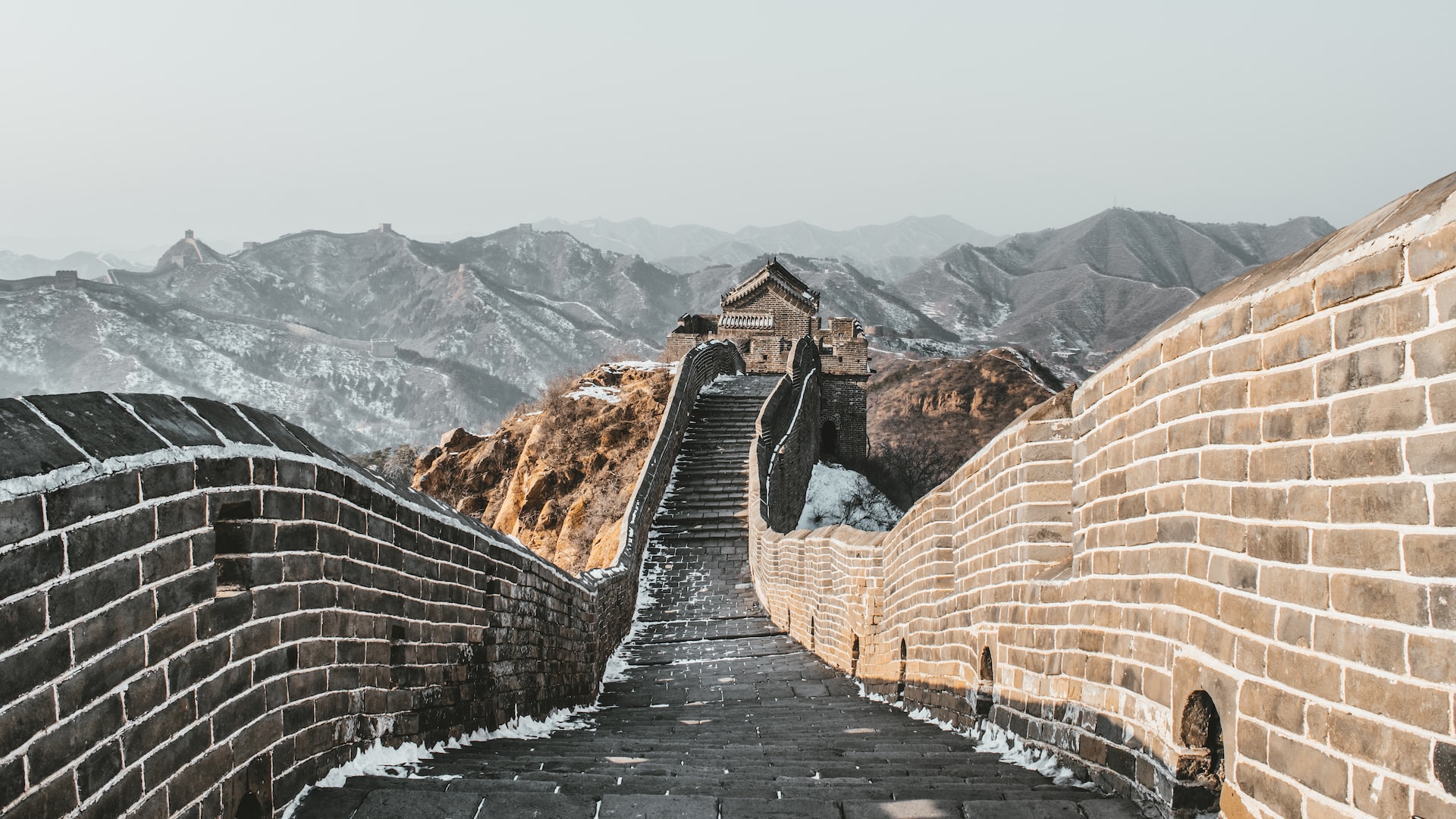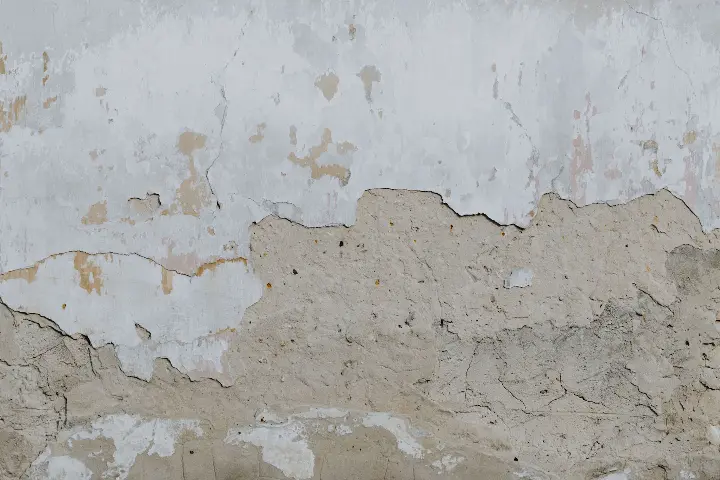In the ever-evolving world of construction, one element has proven to be crucial for the longevity and sustainability of structures: waterproofing. This seemingly simple innovation has a rich history, and its importance has only grown with time, especially in the diverse climatic conditions of Kenya. This article takes a deep dive into the history of waterproofing and its indispensable role in modern construction.
Historical Evolution of Waterproofing
The concept of waterproofing dates back centuries, with ancient civilizations adopting various methods to protect their structures from water damage. Early civilizations like the Greeks and Romans used materials like bitumen and clay to create water-resistant barriers in their structures. The Great Wall of China, another ancient marvel, employed a mixture of sticky rice and lime to waterproof its surfaces.

As time progressed, so did waterproofing techniques. In the 19th century, the Industrial Revolution brought about advancements in materials and technology. The invention of bituminous coatings and asphalt-based waterproofing materials marked a significant leap forward in protecting structures against moisture.
Importance of Waterproofing in Modern Construction
Kenya, with its diverse climate ranging from arid regions to tropical coastal areas, experiences varying levels of rainfall throughout the year. This makes waterproofing a critical aspect of construction to prevent water-related damage such as leaks, mold growth, and structural deterioration.
Here are some key reasons why waterproofing is essential.

Prevention of Water Damage
Kenya's climate includes heavy rains during certain seasons, leading to potential water infiltration. Waterproofing materials act as a barrier, preventing water from seeping into structures and causing damage to foundations, walls, and roofs.
Mold and Mildew Prevention
Humidity levels can be high in Kenya, especially in coastal areas. Waterproofing helps control moisture levels, reducing the risk of mold and mildew growth. This not only preserves the aesthetic appeal of structures but also contributes to the health and well-being of occupants.
Enhanced Durability and Longevity
Waterproofing materials provide an added layer of protection to buildings, increasing their lifespan. By preventing water-induced damage, structures can withstand the test of time and environmental challenges.
Energy Efficiency
Waterproofing solutions often include insulation properties that contribute to energy efficiency. By creating a sealed and insulated environment, buildings can better regulate internal temperatures, reducing the need for excessive heating or cooling.
Infrastructure Development
As Kenya undergoes significant infrastructure development, incorporating waterproofing technologies becomes integral to the longevity and sustainability of roads, bridges, and other key structures.

As the construction industry continues to thrive and expand in the country, integrating effective waterproofing solutions will be paramount to ensuring the resilience and durability of structures for generations to come.
If you are embarking on a construction project or seeking to fortify existing structures against the elements, consider partnering with GreenBuild Home Solutions for top-notch waterproofing services.
Don't just build; build with confidence, build with durability, build with GreenBuild. Your structures deserve the best, and GreenBuild is here to deliver excellence in waterproofing for a sustainable and secure future.